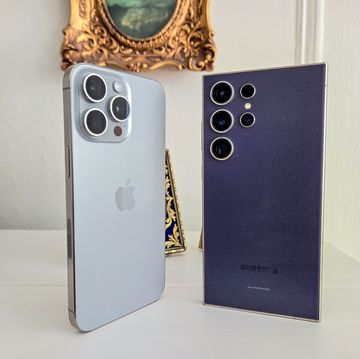"The Clock" is a perfectly good timepiece, but its creator envisioned it as something more—a work of art. This mechanical beauty uses 60 LED lights, 1161 diodes, 340 transistors, and 346 resistors. The LEDs light up to visualize time in a unique and creative way: They're powered by the 60hZ voltage common to American appliances. Creator Gislain Benoit explains:
The time is adjusted not by button or dial, but by magnet—one hovers over a certain area of the clock to get the digital display to adjust time accordingly.
Benoit put hundreds of hours over three years of building and soldering by handing to the construction of the 14-pound timepiece.He's no stranger to complicated projects that visualize electricity. He also created The Tower, which uses LEDs to visualize electrical currents running through a lamp.
Source: Hackaday.













